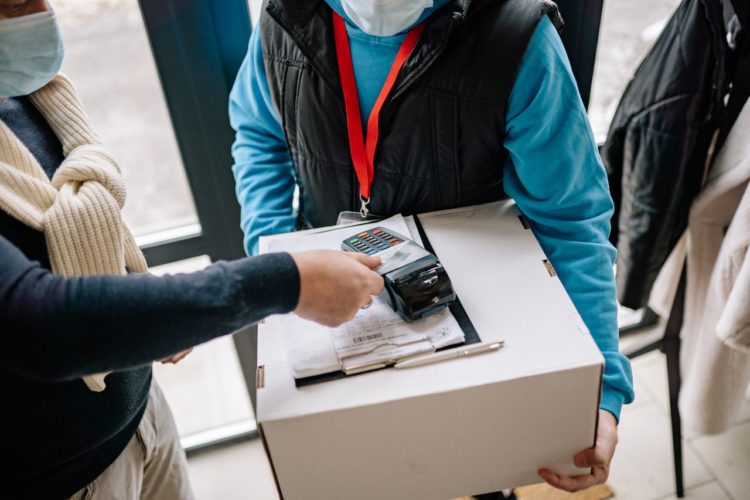We can learn a lot when looking back in history, and this particularly rings true when we consider logistics. We have become obsessed with current and future trends to provide the zenith for logistics.
However, if we look back in time to when businesses managed delivery services themselves, using their own store staff to deliver products to customer homes in a company-owned vehicle, we may find the answers we seek.
This 1PL logistics model offered convenience and flexibility to customers who felt they were connected and understood by their local retailer. There was mutual trust.
Store owners were able to create direct relationships with customers, understand their customers’ changing needs and develop service offerings to meet those changing needs. This in-house logistics model allowed store owners to keep tight control of their operations and create network efficiencies like milk runs.
As the industrial complex in business expanded, so did our approach to logistics, which evolved to become highly globalized, hugely fragmented and a largely outsourced function. It had become disconnected from internal supply chain partners, but, more importantly, also disconnected from customers.
Logistics within corporations began to be considered as cost centres – business functions simply executing transactional activities are not able to deliver strategic advantages.
This disconnection has become increasingly evident in logistics over the last few years as we have seen a massive acceleration in supply chain disruptions, growth in e-commerce and technology impacting the industry.
What have we learned?
So, what are the lessons to be learned from our logistics forebearers?
- Maintain tight control of logistics, whether through managing and running your own fleets of trucks or engaging a 4PL as part of your outsourcing strategy. Exercising greater control over logistics and logistics outcomes is critical to business outcomes.
- Logistics is a key influencer in overall supply chain effectiveness, so logistics must be an equitable partner in your supply chain. This is also known as supply chain convergence. Focus on connecting logistics with upstream and downstream functions.
- Logistics drives customer satisfaction. This can be seen in effective last-mile operations where consumer behaviours and repurchasing decisions are directly shaped because of this interaction with our customers in both B2C and B2B operations. Here, 21% of customers are likely to repurchase products based on last-mile experience (Source: 2022 Gartner Supply Chain Customer Expectations Survey).
- Remaining agile and delivering on customers changing needs can be achieved by the effective management of data from across your logistics network. The ability to manage swaths of data to drive advanced analytics will deliver more predictability in your supply chain.
Back to the Future … way back
So, what does the future hold for logistics after going back to the future?
The fundamentals of connectivity, control and flexibility will continue to be the important driving factors in logistics shaping future trends as logistics moves from cost centre to cost saver and profit centre.
- Logistics is emerging as a profit centre for organizations that invest heavily in this function through LaaS, LPaaS or SCaaS being used to externalise and commercialize the function for outside business partners giving way to self-stabilizing logistics ecosystems.
- The shape of our 3PL relationships is changing as we seek more integrated and strategic partnerships that extend beyond logistics into the supply chain and technology service capabilities that establish truly integrated supply chain partners.
- Logistics talent is being called into question. As logistics becomes converged into the supply chain and immersed in data, we require talent that reflects these skills and can straddle supply chain functions or manage and analyse complex data sets.
- Data is and will continue to be, the single most important commodity in logistics and is shaping the future of logistics from predictive analytics to artificial intelligence to robotics and sustainability.
- Just like the local community-minded store person who delivered your goods, logistics providers who have a social conscience and contribute to their community and social causes will increasingly attract consumers.
Although our methods may have changed in our data-rich and technologically advanced logistics environment, the fundamentals remain the same. In the past, we made the mistake of trading off these fundamentals in pursuit of lower costs. Let’s not make the same mistakes again.
First published on Gartner Blog Network





